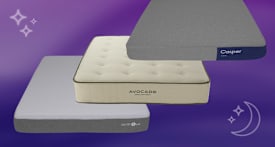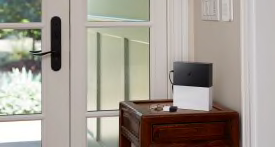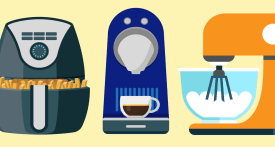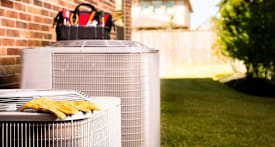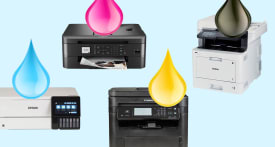On a scorching summer day, air conditioners do more than help you stay comfortable indoors. They help protect against such serious maladies as heatstroke and filter out some pollutants and allergens.
Air conditioners can be especially important for people with lung or heart disease who might struggle to breathe easily when air is hot and humid, says Norman Edelman, M.D., a senior science adviser for the American Lung Association.
But without proper care and maintenance, air conditioners also have the potential to cause health problems, especially when mold grows inside them. Here, how to stay cool and healthy when using portable or window air conditioners.
Watch for Mold
Mold that finds a way into your home can cause such symptoms as throat irritation, wheezing, and congestion, according to the Centers for Disease Control and Prevention.
Living with a moldy air conditioner "would increase your chances of having a respiratory infection," says Mark Mendell, Ph.D., an affiliate scientist at Lawrence Berkeley National Laboratory who has studied the health effects of ventilation systems. Here's how to know whether mold has taken up residence in your air conditioner and how to prevent that from happening.
Spot the spots: Chris Regan, senior test project leader in Consumer Reports' air-conditioner lab, says harmful mold can first show up on the air duct just inside air-conditioner louvers—the openings where cold air comes out—as clusters of tiny black spots.
Those spots can indicate that even more mold is hiding deep inside the machine. Cleaning the louvers is a good first step, but only a partial solution. If the mold grows back, consider replacing the unit, Regan says.
Check the angle: Make sure a window air conditioner isn't tilted into the interior of your home. It should be tilted slightly toward the exterior, Regan says. When it's tilted the wrong way, rain can end up inside, and the slow buildup of moisture can create mold.
Keep a portable drained: If you're using a portable air conditioner, it most likely has a little light that will indicate when the water reservoir needs to be drained. When you see that light, open the drain plug—usually located at the bottom of the unit—and drain the water into a tub or outdoor area, Regan says. Standing water can "attract all kinds of mold," Edelman says. During the off-season, you should store the unit drained, with the cap off, so it can air out.
Banish Bad Air
Avoid buying a window unit with a vent—a small opening that lets in air from the outside—especially if the air quality where you live might be poor, say, near a power plant or a school where buses idle.
You want to avoid letting in particulates like diesel exhaust that can cause or exacerbate health problems such as asthma and lung inflammation. Vents can also let in pollen, ragweed, and other allergens, so if you're sensitive enough to avoid opening the windows, stay away from vents as well. (Very few air conditioners have a vent; most only recirculate air from the interior of your living space.)
You should also make sure an air conditioner's side panels are installed snugly against the side of the window frame so that hazardous outside air can't creep in. For extra protection, use the foam strips that come with most air conditioners and lay them across the top and underneath the air conditioner when you're installing it to create a better seal.
Avoid Quick Temperature Changes
If you have asthma, you might experience respiratory problems if you breathe in very cold air after being out in the heat. Older people often have a hard time with extreme changes in temperature as well, according to the CDC.
Avoid these sudden shifts by decreasing the temperature gradually when you come back inside during the summer, Edelman suggests. And if you suffer from a respiratory condition, try to avoid going directly from very cold air to very hot air.




